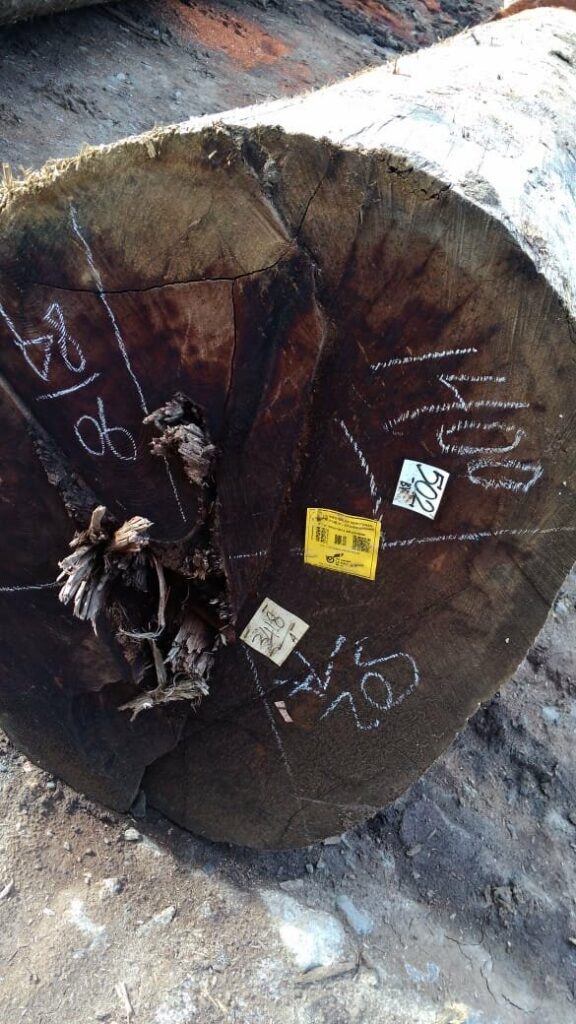How can you be sure that the beautiful teak dining table or decking you proudly possess is not made from wood illegally harvested from a Southeast Asia forest?
Double Helix Tracking Technologies is doing its best to provide the very assurances needed by timber importers, builders, designers, furniture makers, retailers and consumers.
The first shipment of the prized Merbau roundwood – also known as Kwila – to go through such an intense certification and verification process is on its way this month (February) to Auckland and Lyttelton ports in New Zealand.
For some years now, DoubleHelix has been auditing against the CertiSource Standard for Verified Legal Timber in Indonesia, designed to provide assurance of legal compliance for wood products, when the mandatory Sistem Verificasi Legalitas Kayu (SVLK) – Indonesia’s national timber legality assurance system – doesn’t go far enough.
Since the beginning of 2021, DoubleHelix has started switching customers from the Certisource programme to Chain of Custody (CoC) certification by the Programme for the Endorsement of Forest Certification (PEFC). Two Indonesian companies: PT Forest Indo Perkasa and PT Larasati Multisentosa, have been the first to make the switch.
PT Forest Indo Perkasa is a timber trader and exporter based in Surabaya, which buys the Merbau solid wood moulding product, mostly used as decking, from PT Larasati Multisentosa, located in the town of Pasuruan in East Java, which sources the wood and produces the timber products, which are exported primarily to New Zealand.

The Larasati timber company sources the Merbau roundwood from what are called “controlled sources” in West Papua. A thorough due diligence process has been carried out to ensure the timber does not come from “controversial sources” as per PEFC requirement.
Responsible Wood, which manages national forest certification schemes in Australia and New Zealand, explains that “controlled source” means that the wood and wood products have undergone a rigorous due diligence assessment to ensure that the material does not originate from controversial sources, like timber of illegal origin or timber harvested in contravention of local and international forestry legislation.
Chain of Custody Auditor, Teguh Dwi Pambudi, who is responsible for overseeing due diligence and verification processes for DoubleHelix in Indonesia, says it’s important to demonstrate transparency, traceability and legality in the complete timber supply chain.
“PEFC controlled sources claims provide the confidence that consumers need, so they know they are getting wood products from non-controversial sources, even though there is no natural forest certified in Indonesia yet, especially for Merbau,” Teguh advised.
Merbau is described as a beautiful timber used in premium joinery such as windows, solid panel doors, as well as for decking and outdoor furniture in international markets.
Professor Andrew Lowe of the University of Adelaide, who acts as Chief Scientific Officer to DoubleHelix, has introduced a scientific approach to checking timber products, which provides unrivalled assurance of product claims and demonstrates best-practice due diligence. It has been used extensively to both solve and prevent forest crime all over the world.
Besides DNA analysis, DoubleHelix also applies isotope testing to determine the geographic origin of timber and wood anatomy to determine tree species or genus identification.
Applied correctly, these tests can confirm, for example, where valued woods like Merbau and Meranti were harvested, and whether those locations are associated with sustainable management forest areas, or controversial palm oil conversion or conflict zones.
For more on Double Helix Tracking Technologies and how it helps to manage the legal and sustainable trade in timber products, through certification and verification, go to www.doublehelixtracking.com.


